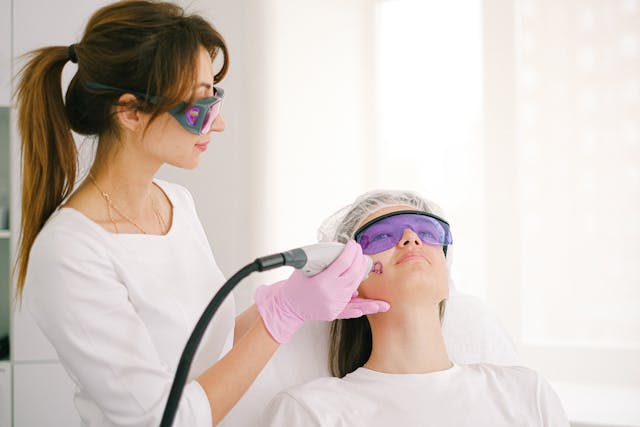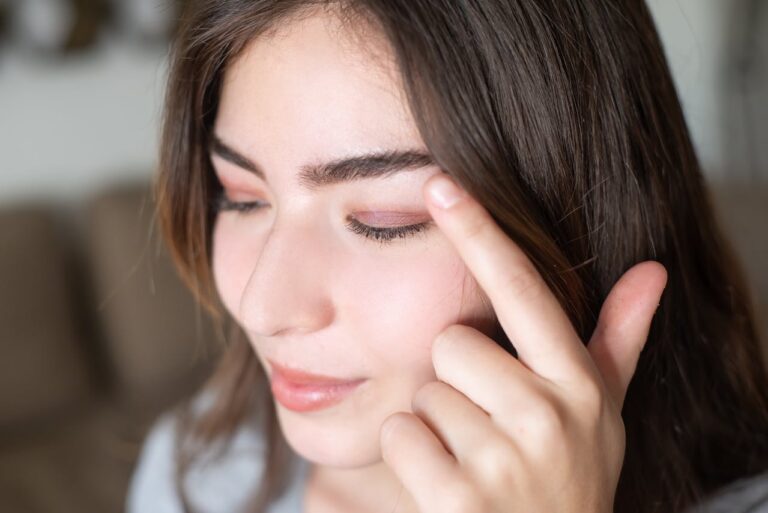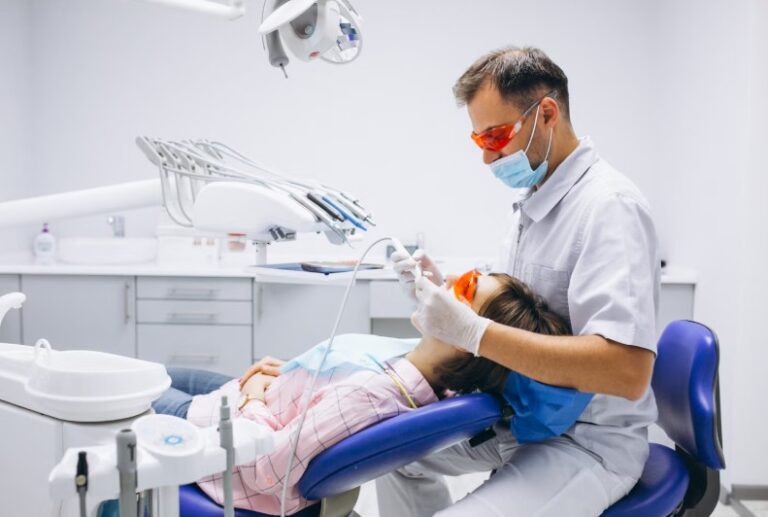
Hair loss affects millions of individuals worldwide, impacting confidence and daily life. Advances in technology, including laser therapy, have introduced potential methods for addressing thinning hair and patterns of baldness. Here is more information on how laser hair growth therapy works and whether it can help restore your hairline:
What Is Laser Hair Growth Therapy?
Laser hair growth therapy, also known as low-level laser therapy (LLLT), employs painless, low-intensity lasers to stimulate hair follicles. These lasers emit light in specific wavelengths, which experts believe can enhance cellular activity in the scalp. The process may improve blood flow and support the delivery of nutrients to hair follicles, which are necessary for hair growth.
LLLT devices are available as in-clinic treatments or at-home products, including laser caps, combs, and helmets. It can be used in tandem with other hair restoration treatments. The accessibility of these tools makes laser therapy an option for those looking to target thinning hair or a receding hairline.
How Could Laser Therapy Address Hair Loss?
Laser therapy is thought to aid in several processes linked to hair health. Stimulating active growth phases and improving follicular strength are among the potential outcomes:
- Promoting Cellular Activity – The light emitted during laser therapy interacts with skin cells on the scalp. This may increase energy production within these cells, contributing to the restoration of weakened hair follicles.
- Enhanced Blood Circulation – Another potential effect of laser therapy is improved blood flow to the scalp. Enhanced circulation allows hair follicles to receive the oxygen and nutrients needed to support growth.
- Reduction in Hair Thinning – Regular use of laser therapy devices may help slow the progression of hair thinning. Some individuals report improved hair density and coverage after consistent use over a period.
Who May Benefit from Laser Hair Growth Therapy?
Laser therapy may be suitable for individuals experiencing mild to moderate hair loss. It targets specific types of conditions, such as androgenetic alopecia, commonly known as male or female pattern baldness. Those in the earlier stages of hair loss often observe better outcomes compared to individuals with significant follicular damage or long-term baldness.
While laser therapy offers promise, it may not deliver visible results for every individual. Combining laser therapy with other treatments or integrating it into a holistic hair care regimen could improve its effectiveness. Commonly combined approaches include prescription medications like minoxidil or topical treatments to support follicle health.
Also Read: WellHealthOrganic Laser Technology: Redefining Modern Health and Wellness
Learn More About Laser Hair Growth
Laser therapy is an advanced, non-invasive option that offers hope for individuals with thinning hair or a receding hairline. While it may promote cellular activity, improve blood circulation, and reduce hair thinning in specific cases, results can vary widely. Combining laser therapy with other targeted treatments and maintaining consistent efforts may provide the most reliable outcomes.
For those exploring options to combat hair loss, laser therapy offers a technology-driven approach worth investigating. If you are considering laser devices or other solutions, consult a dermatologist or hair restoration expert to identify strategies that align with your goals. Individualized treatment plans and professional guidance can significantly enhance the likelihood of achieving favorable results.








